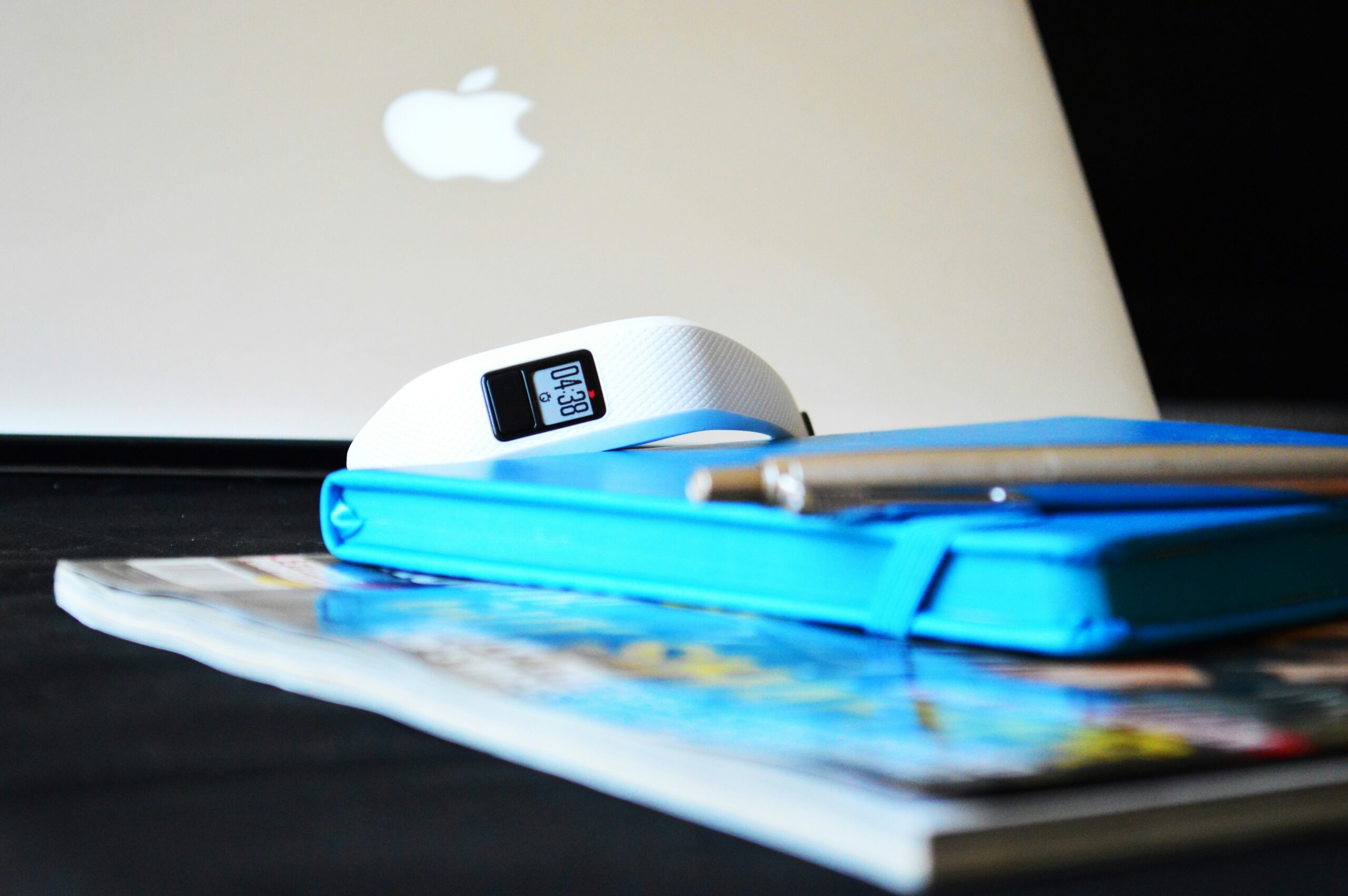In today’s fast-paced world, health and wellness have become increasingly important. People are looking for ways to improve their overall well-being, both physically and mentally. This has led to a surge in the popularity of health and wellness apps that offer a range of features and functionalities to help users lead a more balanced and holistic lifestyle. However, with the growing number of apps available, it is crucial for developers to focus on creating user-friendly interfaces and seamless user experiences (UI/UX) to stand out from the competition and provide real value to their users.
One of the key factors in designing successful health and wellness apps is to prioritize simplicity and ease of use. Users should be able to navigate through the app effortlessly and find the information or functionality they need without any confusion. This can be achieved by employing a clean and intuitive interface, with clear and concise labels, icons, and menus. By reducing clutter and unnecessary complexity, developers can create a more enjoyable and efficient user experience.
Another important aspect of UI/UX design for health and wellness apps is personalization. Every individual is unique, with different goals, preferences, and needs. Therefore, it is crucial to provide users with the ability to customize their app experience according to their specific requirements. This can include features such as personalized goal setting, tracking progress, and tailored recommendations. By allowing users to personalize their app, developers can create a more engaging and relevant experience, ultimately leading to increased user satisfaction and retention.
Furthermore, incorporating gamification elements into health and wellness apps can significantly enhance user engagement and motivation. Gamification involves using game-like mechanics, such as challenges, rewards, and leaderboards, to encourage users to adopt and maintain healthy habits. By transforming health and wellness activities into a fun and interactive experience, users are more likely to stay motivated and committed to their goals. For example, a fitness app could offer virtual badges for completing certain milestones or provide a social platform where users can compete with friends and share their achievements.
Seamless integration with wearable devices and other health tracking tools is another crucial aspect of UI/UX design for health and wellness apps. Many users rely on wearable devices, such as fitness trackers or smartwatches, to monitor their physical activity, sleep patterns, and vital signs. By integrating these devices into the app, users can have a centralized platform to access and analyze their health data. This not only provides a more convenient and streamlined experience but also allows for more accurate and comprehensive tracking of progress towards health and wellness goals.
In addition to the above, it is essential to prioritize data privacy and security in health and wellness apps. Users are often sharing sensitive information, such as their personal health data, with these apps. Therefore, it is crucial to implement robust security measures to protect user privacy and ensure that their data is handled responsibly. This can include encryption techniques, secure authentication processes, and transparent privacy policies. By prioritizing data privacy and security, developers can build trust with their users and encourage long-term usage of their app.
In conclusion, designing user-friendly interfaces and seamless user experiences is crucial for the success of health and wellness apps. By prioritizing simplicity, personalization, gamification, integration with wearable devices, and data privacy, developers can create apps that truly enhance the holistic living experience for their users. As the demand for health and wellness apps continues to grow, it is essential for developers to stay ahead of the curve and constantly innovate to meet the evolving needs and expectations of their users.






Leave a Reply